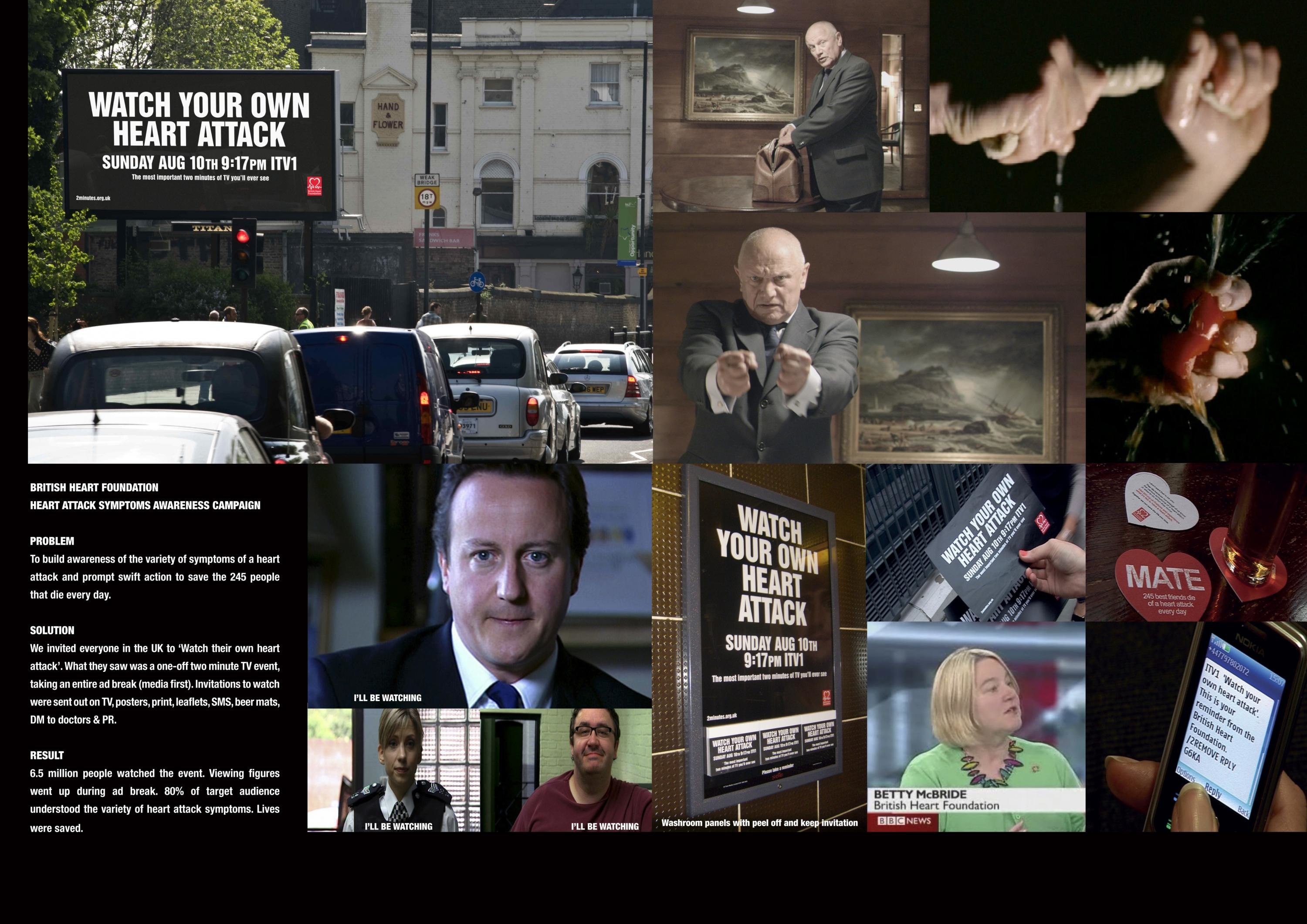Industry Craft > Integrated
500 YEARS OF STORIES
GREY LONDON, London / TATE / 2016
Awards:
Overview
Credits
Overview
CampaignDescription
Galleries have often used reproductions of artwork in their posters to get people to visit. They don’t show the art in its best light, and they’ve become wallpaper to all but a few art buffs. So instead of showing the art, we decided to use words to tell the stories behind it. Stories that are as relevant today as they were when the artworks were originally created. Stories so compelling it would make people want to go to the gallery to see the art for themselves. This campaign is proof that challenging convention can lead to a better more powerful way to communicate. In a world saturated with Instagram images, film, video and image reproductions this campaign has no image. In a world of ‘he who shouts the loudest wins’ this campaign is stripped back to just words and the stories they create.
Execution
This campaign looked to use high dwell time placements and play with the conventions of media to create deeper more immersive ways to tell the stories behind Tate Britain’s art. We launched with print and OOH and then supported this by distributing 10,000 postcards. We then followed this by creating cinema and radio executions. We also subverted the format of Instagram – showing posts without any image and just text. Finally, we extended our idea by telling the stories in Braille, distributing leaflets in centres for partially sighted people, to show that even people who can’t see the art can feel its power. Combined, these channels encouraged different groups of people to visit the gallery to see the art (or hear it, in the case of blind people) for themselves. The campaign reached 331,601,621 people for a spend of £** (see Confidential Information).
Outcome
Despite a limited budget of £** (see Confidential) for all media, the campaign caused a noticeable increase in footfall to the gallery, it created a stir socially and impacted the way in which the everyday person views and understands the art in Tate Britain.
We achieved:
331,552,550 Offline
Outdoor: 23,422,000 | Press: 4,950,571 | Distribution: 94,000 | Radio: 368,000 | Cinema: 302,767,050
968,052 Digital Impacts
Content: 66,852 | Facebook: 577,444 | Twitter: 107,094 | Search: 3,652 | Instagram: 213,010
22,080 Increase in Site Traffic
Content: 977 | Facebook: 12,530 | Twitter: 253 | Search: 117 | Organic: 4,786 | Instagram website clicks: 2,080
Tate Britain placed our postcards and posters in gallery. We also received an abundance of positive comments on social media, with hundreds of people sharing photographs of the work, spreading the campaign further organically.
We are still awaiting some results from the activity in March and April
Relevancy
Posters and press ads with no paintings, a cinema ad with no imagery, an Instagram post with no photo. Famous names – Terence Stamp and Jaime Winstone - baring their souls on the radio to paint a picture in people’s minds. Even the blind can feel the power of art through Braille leaflets. Subverting the traditions of gallery advertising and the conventions of the media used to advertise them, in a truly integrated campaign, to drive new audiences into Tate Britain.
Strategy
Art has always been an important part of British culture. But the art world has gradually drifted away from the everyday lives of most people. It is full of intellectual superiority and ‘quiet please’. This has alienated all but the white middle classes, so we needed to diversify the audience to include broader age ranges, ethnicities and social classes. We needed to put Tate Britain’s art back at the heart of British culture by making it feel relevant to people’s lives today. The campaign ran across a number of channels to allow people to engage in different ways. These channels included print, outdoor, cinema, radio, social and direct. In each case we picked high quality, high dwell time placements, to allow people the time to read the stories, but we also subverted these traditionally visual formats by deliberately not showing the art but telling the stories behind them.
Synopsis
Tate Britain’s footfall was declining and they were struggling to get people outside of the usual ‘art crowd’ to visit the gallery. The brief was to revitalise the gallery and make it appeal to a broader audience. Overall objectives were to increase footfall and to make people care about art again.
More Entries from Integrated Campaign in Industry Craft
24 items
Integrated Campaign
THE MAN ON THE MOON
JOHN LEWIS, ADAM&EVEDDB
Integrated Campaign
SURVIVAL BILLBOARD
MICROSOFT, McCANN LONDON
More Entries from GREY LONDON
24 items





